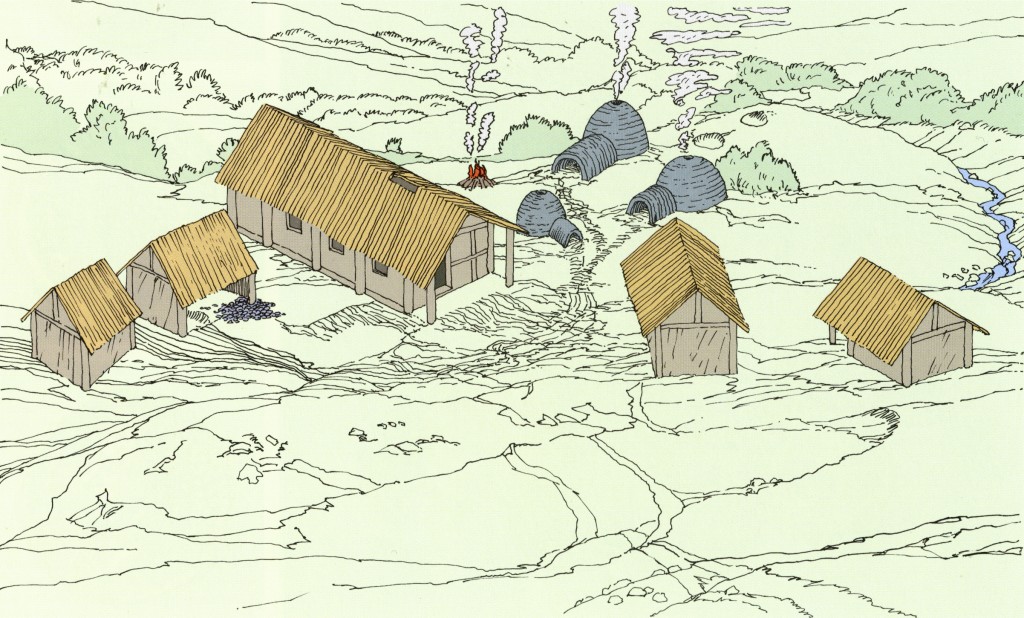Imperial Rome: End of the last century BC – 375 AD

Germanic Peoples and Romans in Thuringia
Did you know that our knowledge regarding Thuringia can be traced back to the Romans? The Romans learned much during their expansion into ‘Germania libera’ (free Germania). Tacitus (ca. 55–120 AD), the Roman historian, made this knowledge a feature of his famous text “Germania”. We have both Tacitus and archaeologists to thank for interesting information about the expansion of the Elbe Germanic tribes from the Altmark and northern Harz regions into Thuringia. Tacitus called them the Herminones and, in “Germania”, reported on their close contact with the Romans and the far-reaching influence the Romans had on their way of life. Although they lived 180km from the border of Roman-controlled territory, the Romans counted the Herminones as loyal allies. As the Herminones were neighbours of the Chatti, arch-enemies of the Romans, this alliance demonstrates shrewd political acumen on the part of the Romans.
Gold for the Noble Classes
Both Tacitus’ writing and archaeological finds that include imported Roman goods obtained through exchange or as gifts, demonstrate great wealth in the starkly hierarchical society of the Germanic peoples. In the ALT we display glass and bronze items, weapons, jewellery, and the lustrous, red, relief-decorated dinnerware known as Terra Sigillata. Such treasures, along with fascinating archaeological finds, like the richly outfitted grave of the “Princess of Hassleben”, point to an influential noble class who had a very close relationship with the Romans.
How did Germanic peoples live?
They lived in settlements made up of post-in-ground houses. Each village had a clay oven and their livelihood was based on farming and grazing. This last was a particular passion of Germanic tribes. Tacitus remarked that “Livestock is their most valued form of wealth.”
As well as farmers and graziers, there were also specialists in the working of non-ferrous and precious metals, as well as the smelting and working of iron.
The example of the Romans was highly influential in everyday life. Attire, tools, and construction techniques betray the influence of Roman technologies and fashions. In 1979 a complete potter’s workshop, constructed with Roman technological know-how, was discovered in Haarhausen (Municipality of Ilm). In the ALT you will find a reconstruction of the kiln and the workshop.

